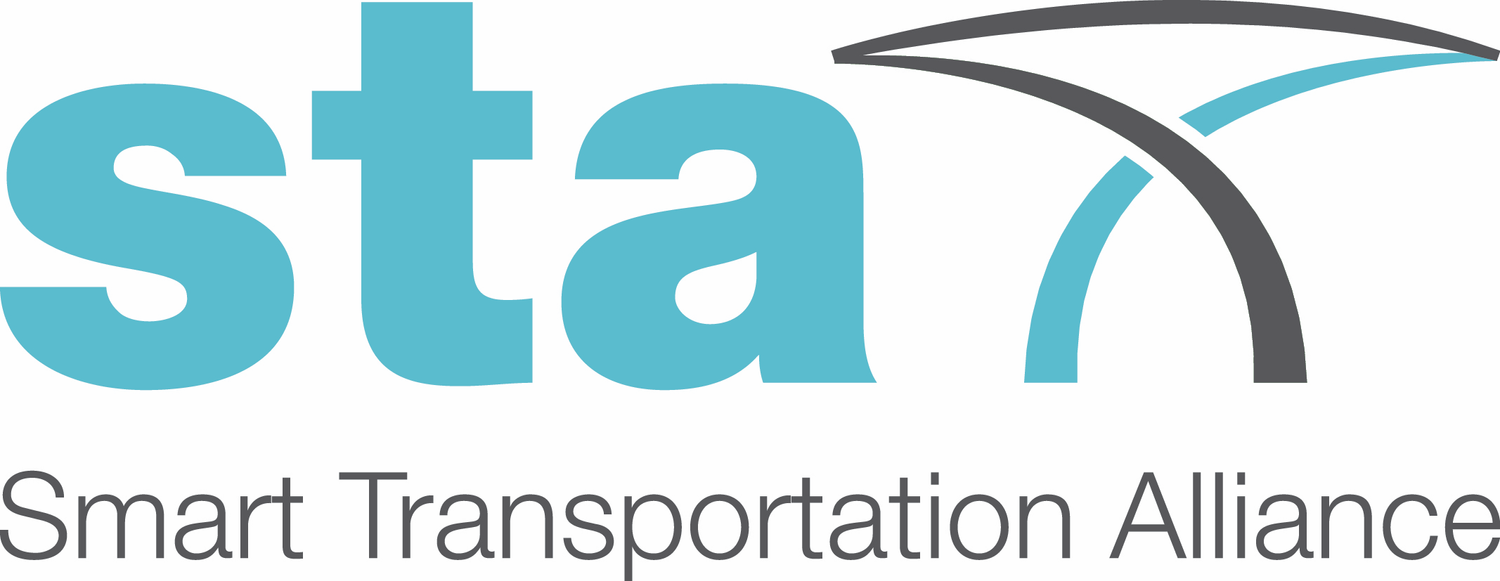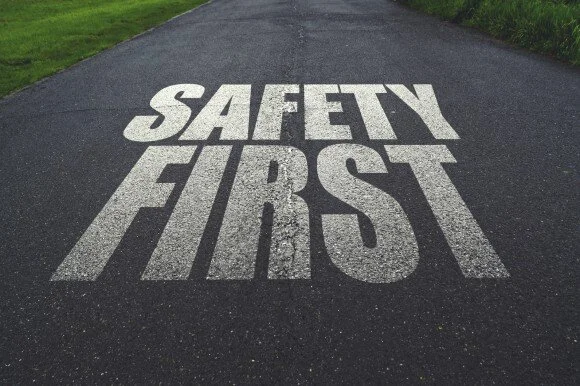STA Newsletter
Issue # December 2016
A bi-monthly online journal providing news and background about activities undertaken by STA with a view to improving the methods, technologies and standards associated to transportation infrastructures.
Holiday Greetings
22 December 2016
The Smart Transportation Alliance (STA) would like to take the opportunity of this end-of-the year newsletter to express to all our readers the warmest thoughts and best wishes for a wonderful holiday and a very happy new year.
2016 has been an exciting and successful year for STA. We are honored to be able to fulfill our mission and bring a concrete contribution to a safe, sustainable and integrated transportation system.
We would like to thank you all for your support and look forward to another exciting and enriching year!
‘Earmarking Fiscal Income to Transport Infrastructure Funding’, a Column by STA Chairman José F. Papí
22 December 2016
Today the cost of providing transport infrastructure is met directly through user charges, or indirectly through taxation. In the case of closed systems (rail, aviation), users pay for the infrastructure as a part of their overall transport charge. For open systems, primarily roads, there is either no direct infrastructure charge, or the infrastructure charge is levied directly to the user in the form of a toll.
Transport infrastructure funding has been traditionally conceived as a responsibility of governments. However, in the last 20 years experiences across the world have proven that the capacity of most governments to adequately fund transport infrastructure construction and maintenance is quite limited.
In this column, featured in Thinking Highways - Issue 3, 2016 (Europe and Rest Of The World), STA Chairman José F. Papí discusses the benefits of tax earmarking to the funding of transport infrastructure.
'Safe and Secure?' an article by Mr. Patrick Asimus in anticipation to the forthcoming French presidential elections
22 December 2016
Every year road accidents cause more than 3,600 fatalities and over 5,000 injuries in France. Furthermore in 2016 road fatalities increased by 3.1 per cent compared to the previous year. Notwithstanding, this situation is more or less the same across Europe so the time has come to define a new vision on road safety that goes beyond the mere enforcement of a repressive arsenal that is proving ineffective. But what are the alternatives on the table?
The article is entitled ‘Safe and secure?’ Mr. Patrick Asimus, President of MOVEA SAS and member of STA’s TC 2 (Smart Safety & Security), discusses the current situation of French road infrastructure and provides a review of road safety proposals in view of the forthcoming presidential elections.
“Sophisticated and innovative procurement should be developed, accompanied by adequate monitoring systems, contracting and tendering methods.”
NEWS OF INTEREST
Commission presents a Strategy towards cooperative, connected and automated mobility
Today, the European Commission has adopted a European Strategy on Cooperative Intelligent Transport Systems (C-ITS), a milestone towards cooperative, connected and automated mobility. The Strategy will make it possible to deploy vehicles that can talk to each other and to the infrastructure on EU roads as of 2019.
Digital connectivity is expected to significantly improve road safety, traffic efficiency and comfort of driving, while boosting the market of cooperative, connected and automated driving and the related creation of jobs. The Strategy therefore delivers on the Commission’s political priorities, notably its Agenda for Jobs, Growth and Investment, the Digital Single Market and the Energy Union Strategy.
Climate-smart transport is a key piece of the sustainable development puzzle
When it comes to climate change, the transport sector is both a victim and a perpetrator. On the one hand, transport infrastructure is particularly vulnerable to the effects of climate change such as higher temperatures, increased precipitations, and flooding. At the same time, transport is responsible for 23% of energy-related greenhouse gas (GHG) emissions, and is one of the sectors where emissions are rising the fastest. This statistic alone makes it pretty clear that there will be no significant progress on climate action without greener, more sustainable mobility.
Yet, before COP21, the transport sector was conspicuously absent from climate talks. The strong, structured presence we saw last year in Paris and this year in Marrakech is finally commensurate with the urgency needed to address the transport-related issues on the climate agend
TERM 2016: Fundamental changes needed for sustainable mobility
What changes are needed in order to move towards a more sustainable mobility system in Europe? A European Environment Agency (EEA) report released today assesses the latest environmental trends in transport and presents examples of the different transitions needed in terms of technology, urban planning and societal behaviour to make transport more sustainable.
Participants endorse 'Ashgabat Statement' as first-ever UN conference on sustainable transport ends
The first-ever United Nations Global Sustainable Transport Conference concluded today in the Turkmen capital, with more than 50 countries endorsing the 'Ashgabat Statement on Commitments and Policy Recommendations,' with a view to supporting cleaner, greener transportation – from local transit systems to worldwide multimodal networks.







